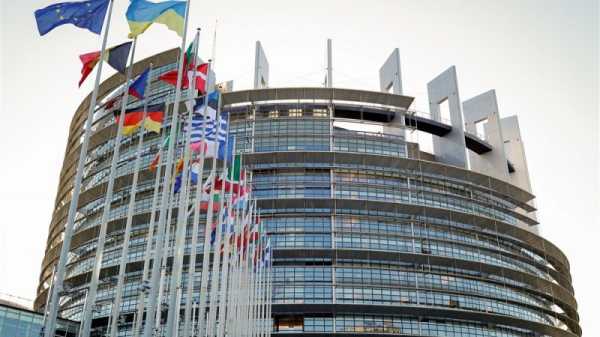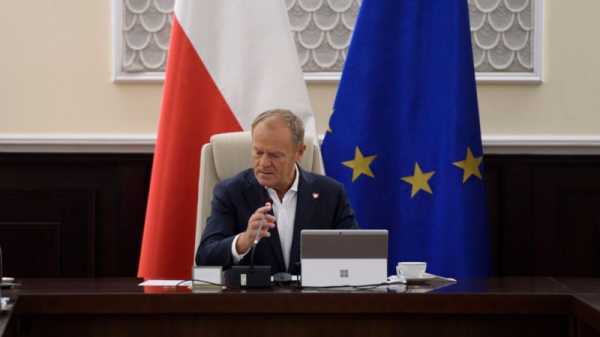
The approval of the reform of EU electoral law is absolutely doable before the next EU elections are due in spring 2024, Domenec Ruiz Devesa, a Spanish member of the European Parliament responsible for legislative text dedicated to the reform and transnational lists, told EURACTIV.
The reform aims to create different standards at the EU level on the electoral law, such as creating transnational lists where EU citizens can elect 28 candidates across the Union.
“It is absolutely doable because we still have a bit more than one year. But it is true that the timeline is getting very complicated,” the MEP said.
The proposal was approved in May 2022 with a “large majority”, Devesa explained. “Five political groups supported this proposal,” he added.
At the moment, it is up to the Council to proceed, however, there is a deadlock among member states in discussing and voting on such legislation.
According to the MEP, member states have no political interest in pushing for a discussion and a vote on such a proposal.
“There is a huge disconnect” between the European Parliament and the states. “It is like the members of the Council are living in a different planet”, Devesa argued.
“We have three main objectives with this reform of the European electoral law”, Devesa said. “To make a real European debate, […] to give visibility to European political parties” and to “make more real” the process of electing directly the “president of the European Commission,” the EU lawmaker said.
The pan-European campaign
“Unfortunately, the European elections, we call them European, but they are very national because you have national debates, national polemics, national political parties that table the candidates at the national level”, explained Devesa.
With the transnational lists, the aim is to add “28 additional members to be elected transnationally”, he said.
On such terms, candidates “have to campaign across member states to be elected, to gather votes across the Union, and hence, to generate a real pan-European campaign and debate to discussion of topics that are of interest to everyone whether in Helsinki, or in Lisbon” such as “climate change, the war in Ukraine, pandemics, and so on” he added.
In addition, the pan-European campaign would give visibility to the EU parties, which logos would appear next to EU candidates.
European parties are a composition of national parties and coordinate a wide range of campaigns across Europe. For most of them, affiliation to the EU party can happen only if an individual has a membership of the related-national party.
Spitzencandidaten
“We also want to give more reality to electing candidates for President of the European Commission,” Devesa explained. He referred to Spitzencandidaten, an informal method applied since 2014 where the European parties indicate a candidate for the presidency of the EU Commission.
“All European political parties designate since 2014, a man or a woman to be the president of the European Commission, but this is now an insider game that is played mainly in the Brussels bubble,” the EU lawmaker said.
[Edited by Alice Taylor]
Source: euractiv.com



